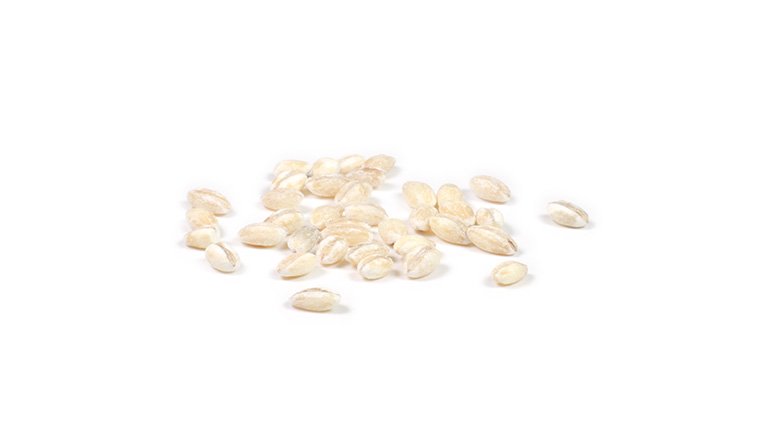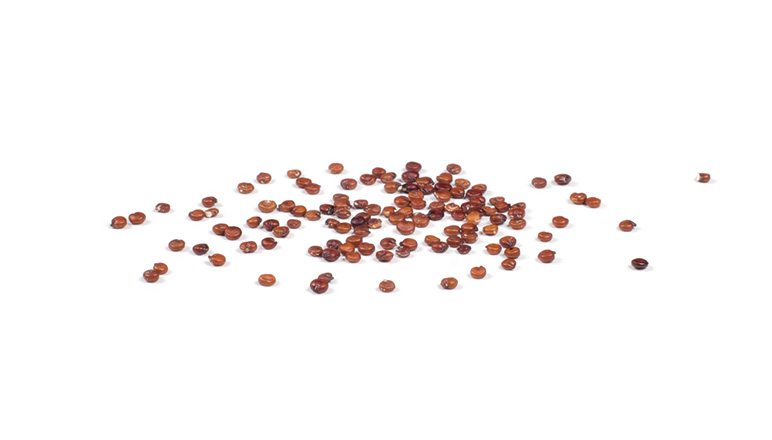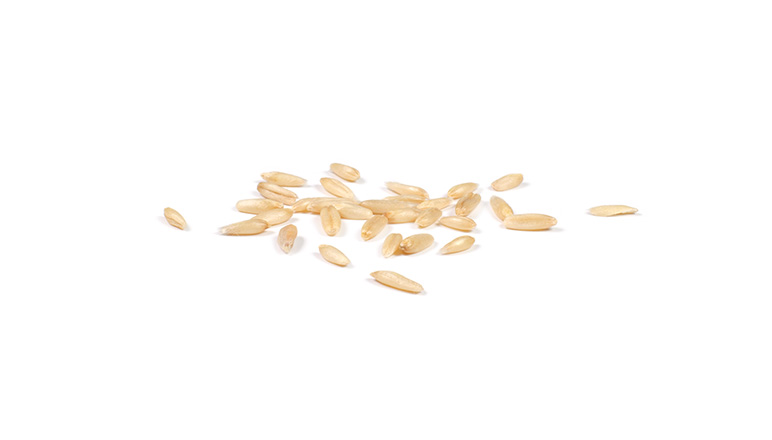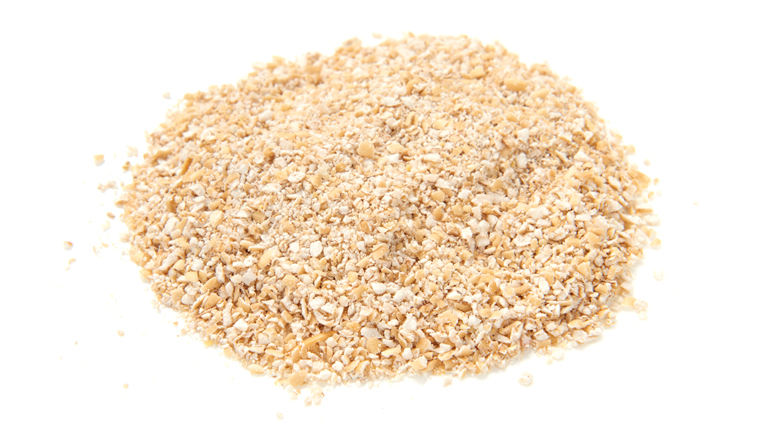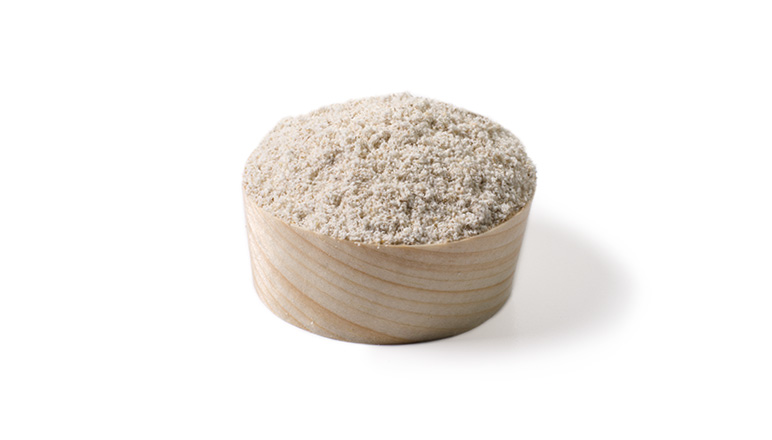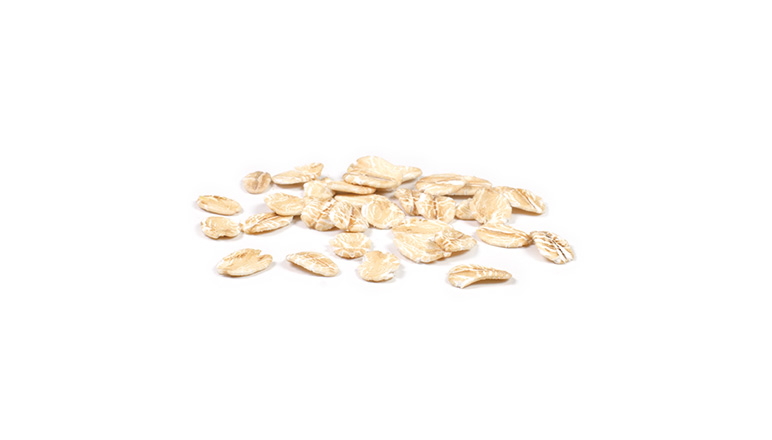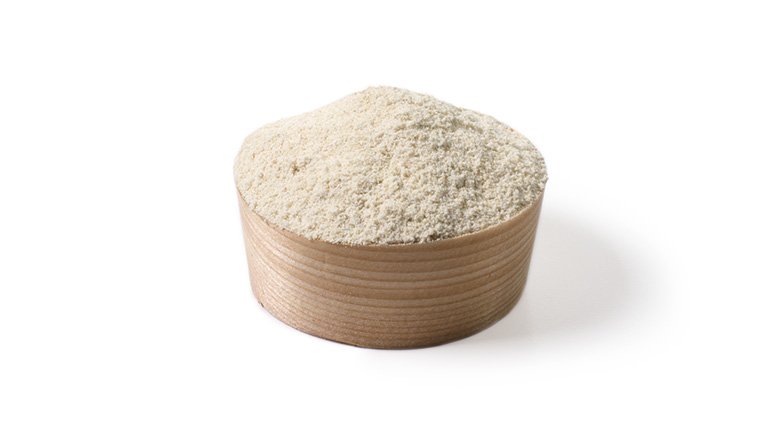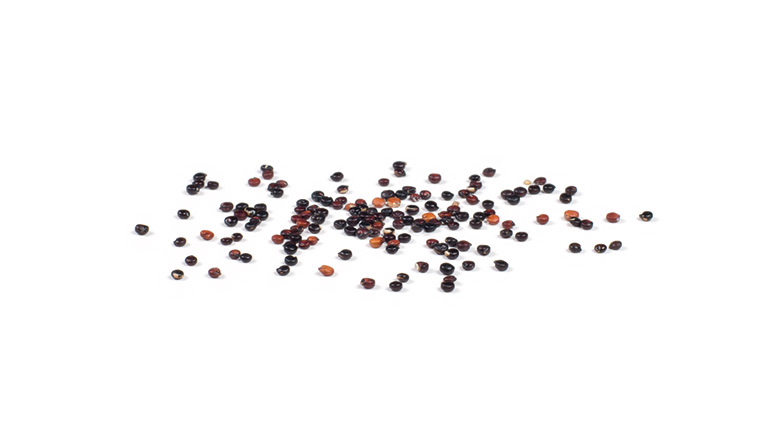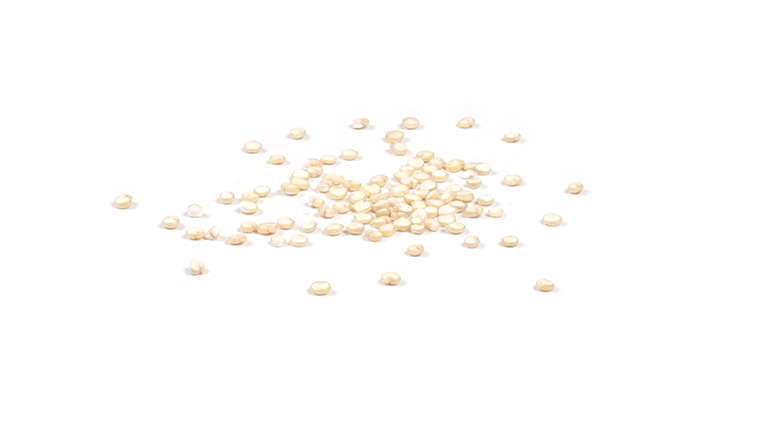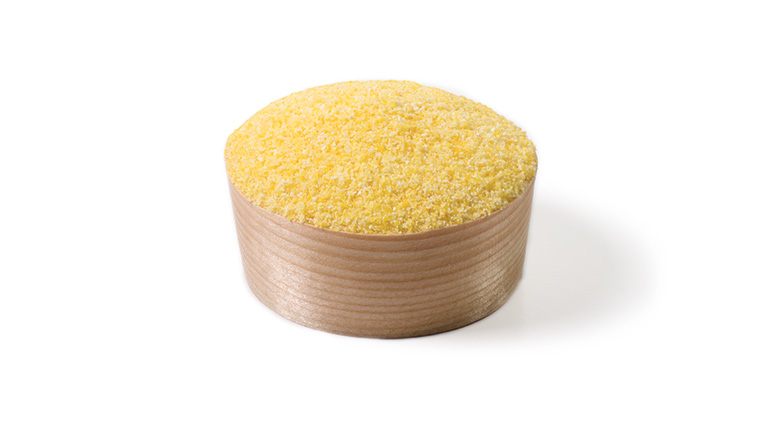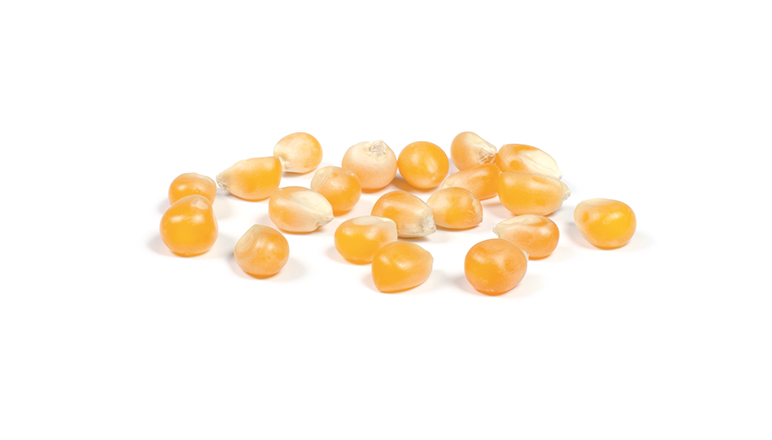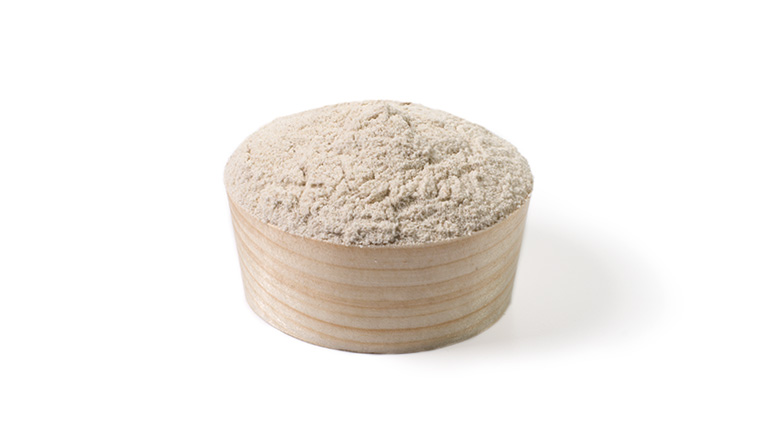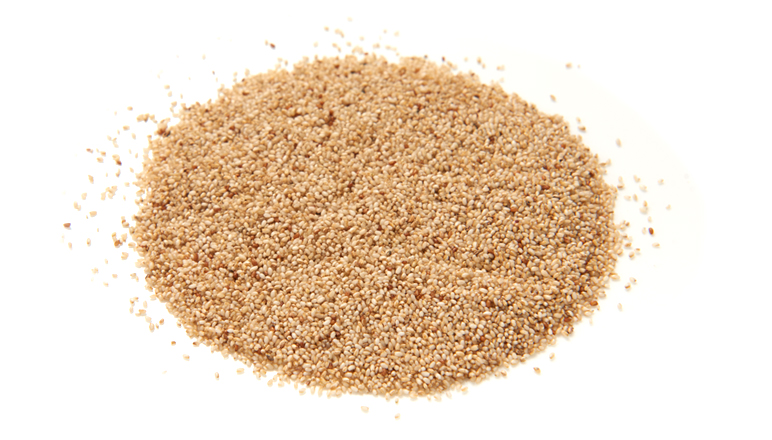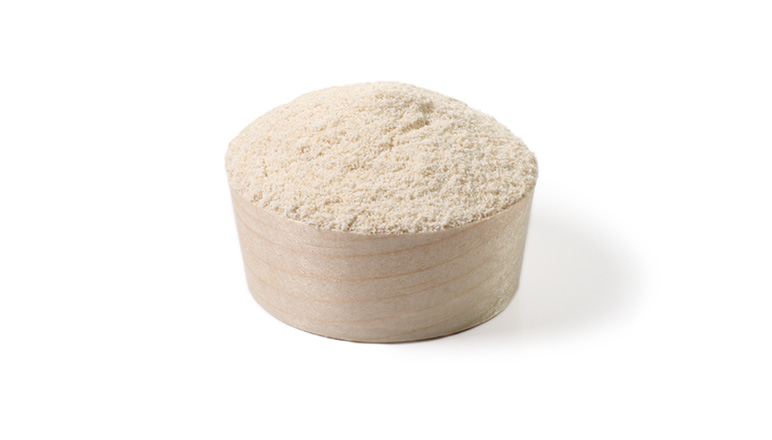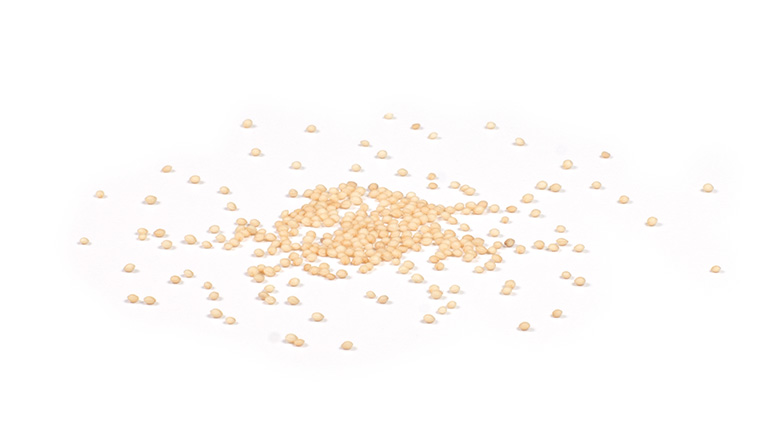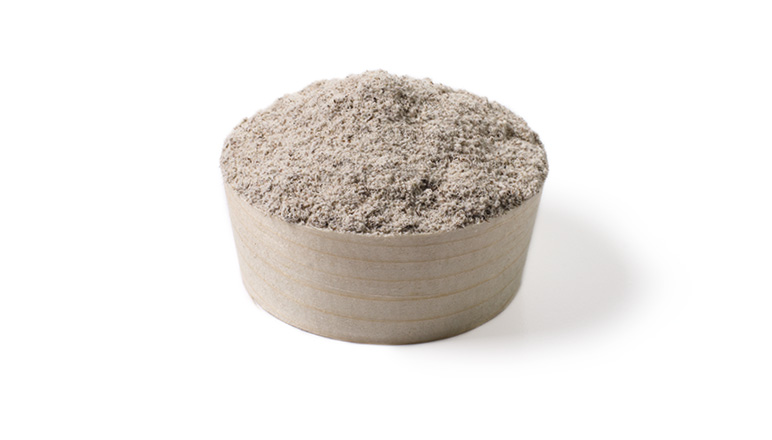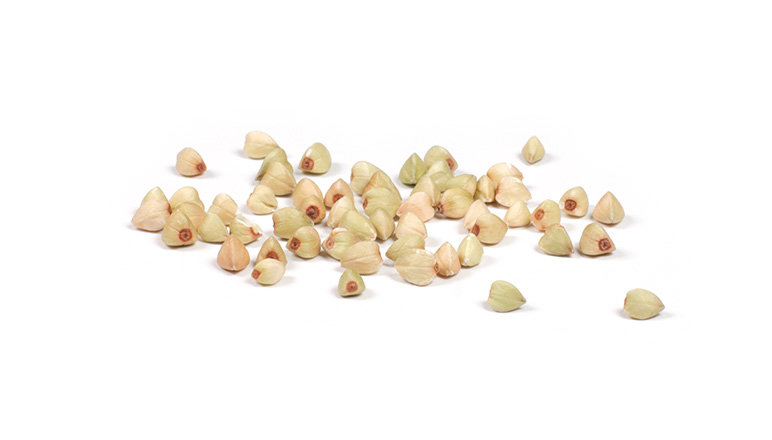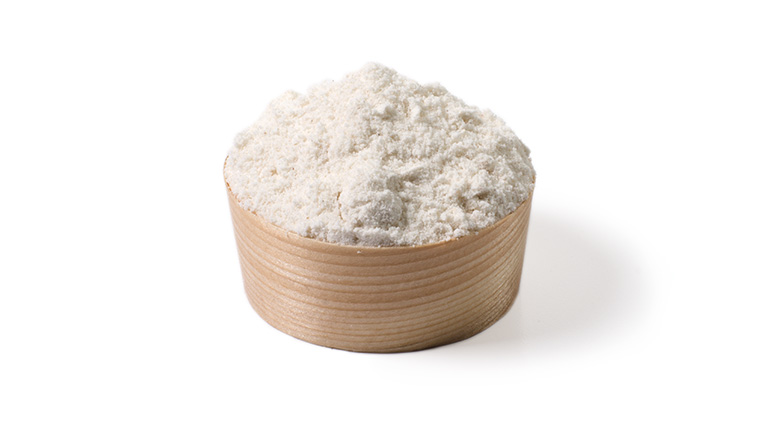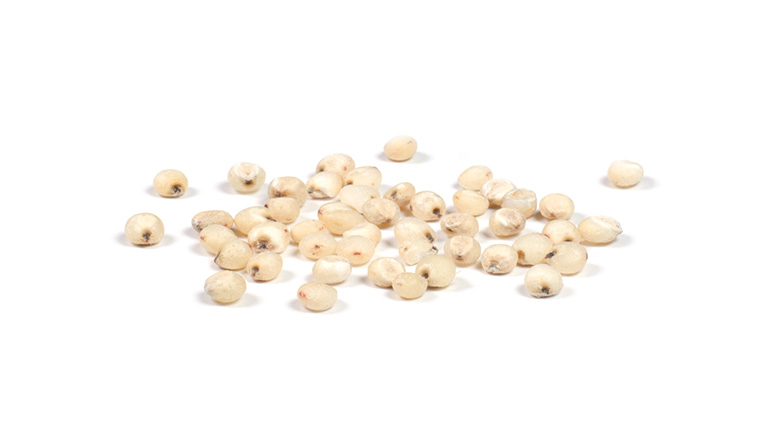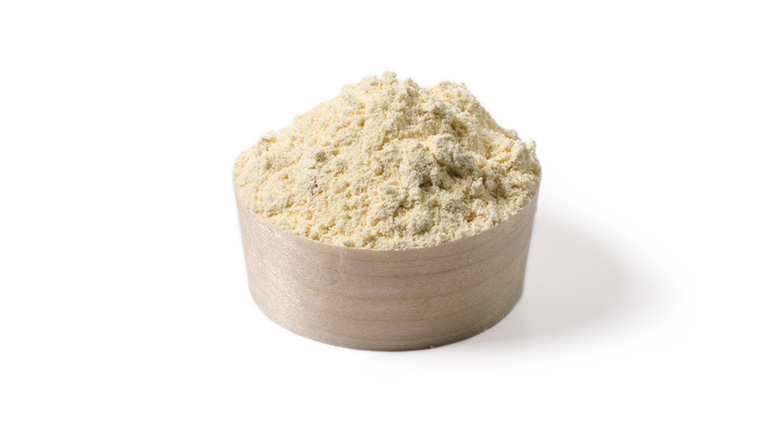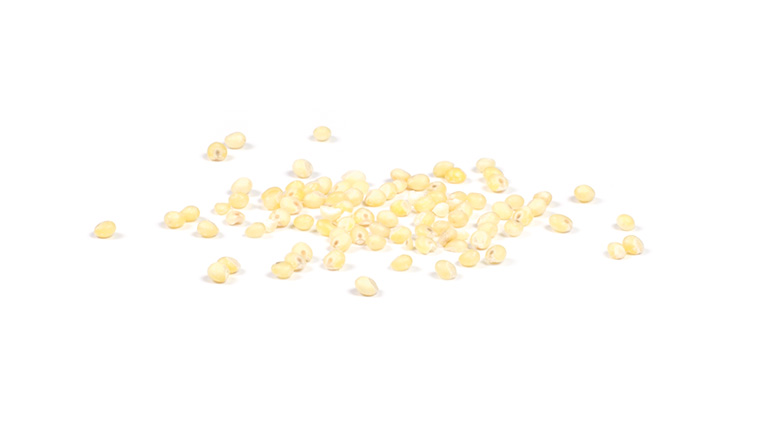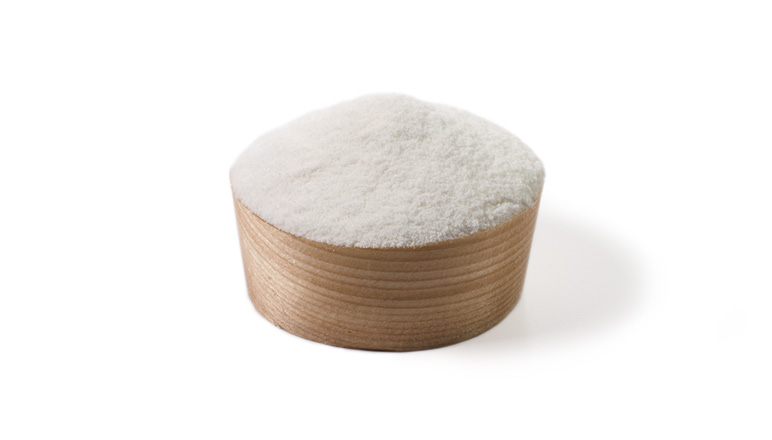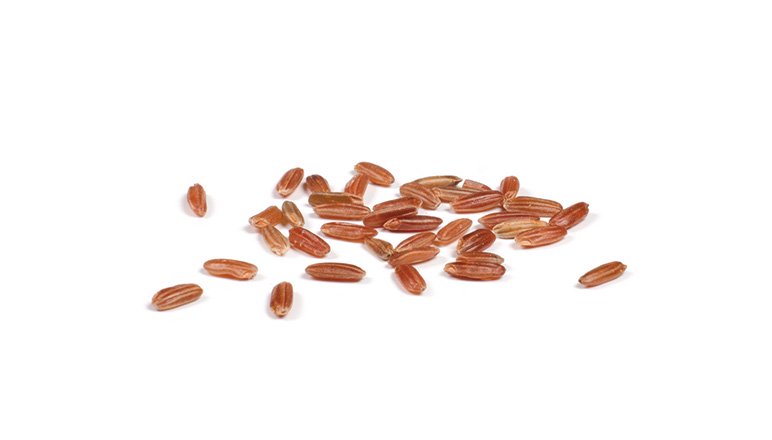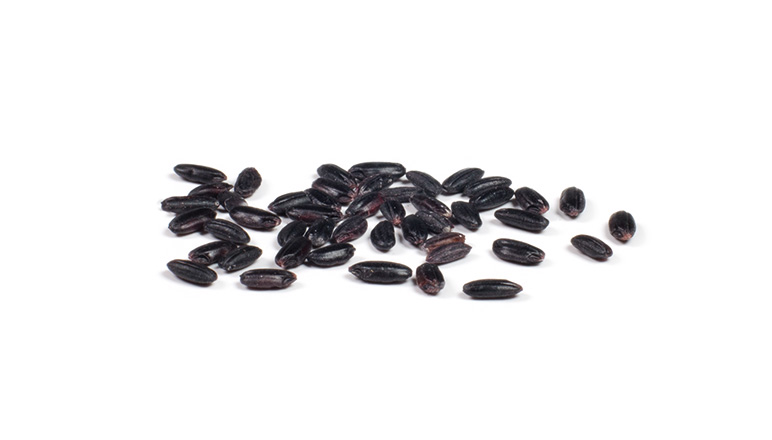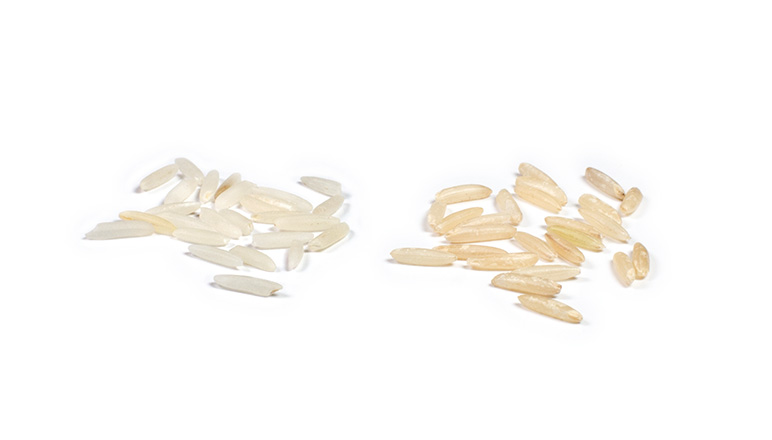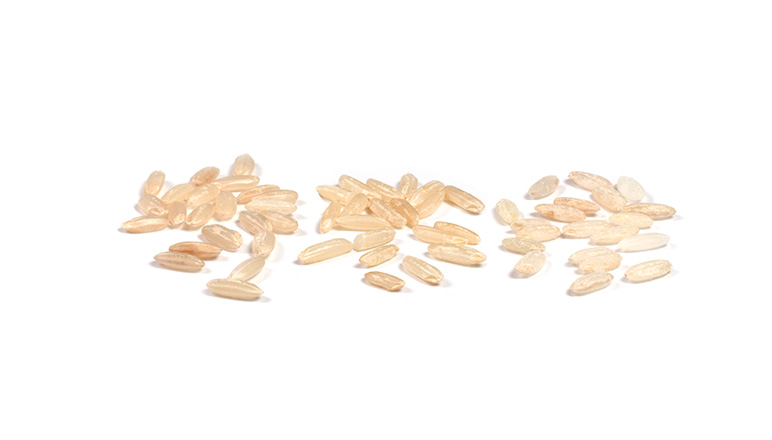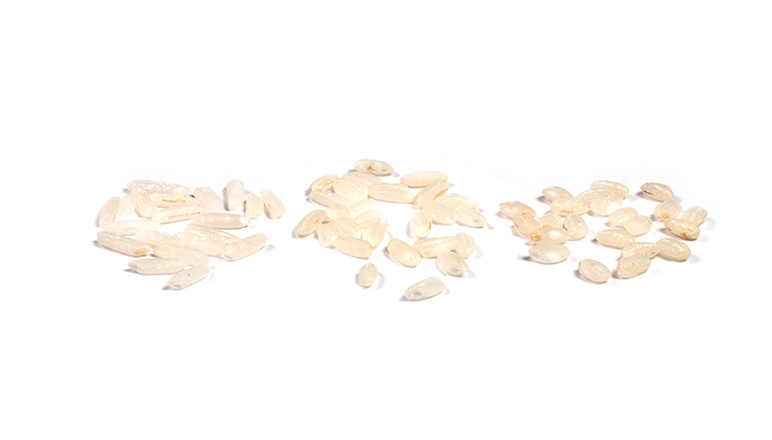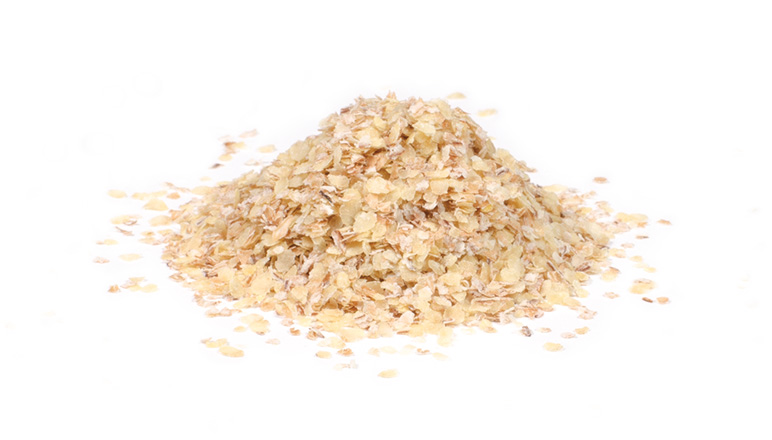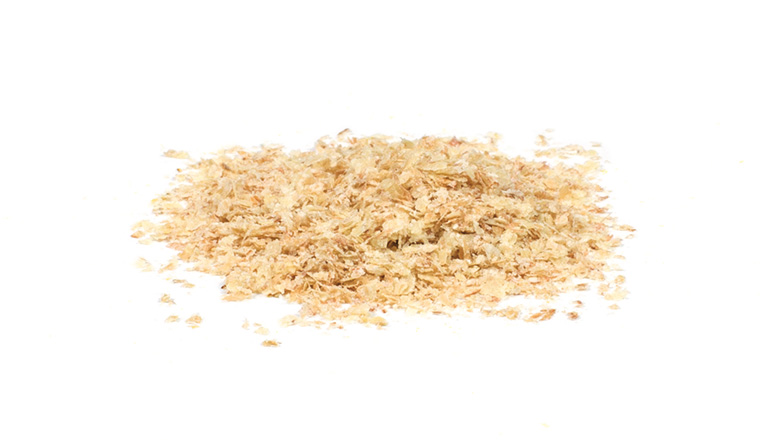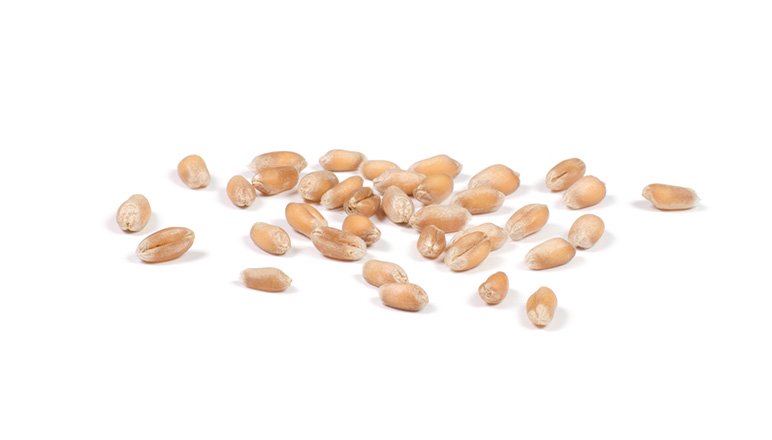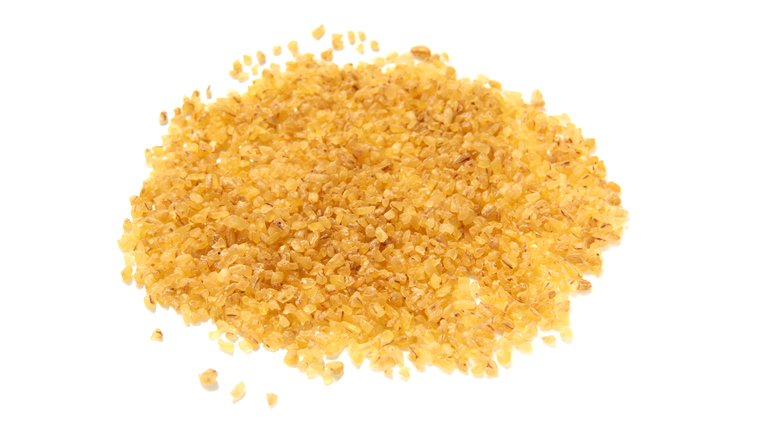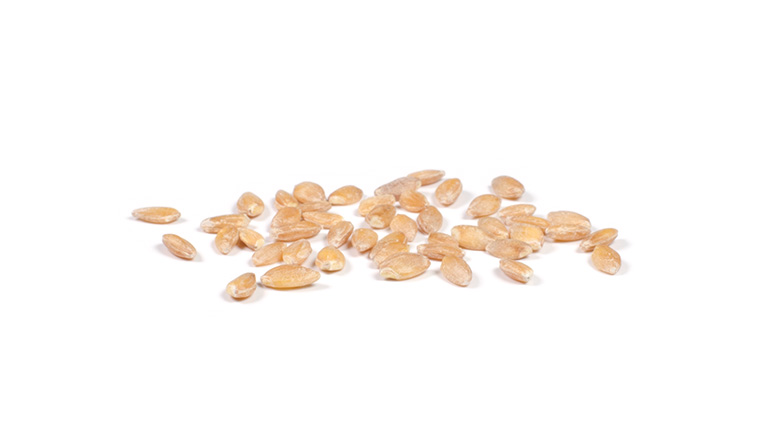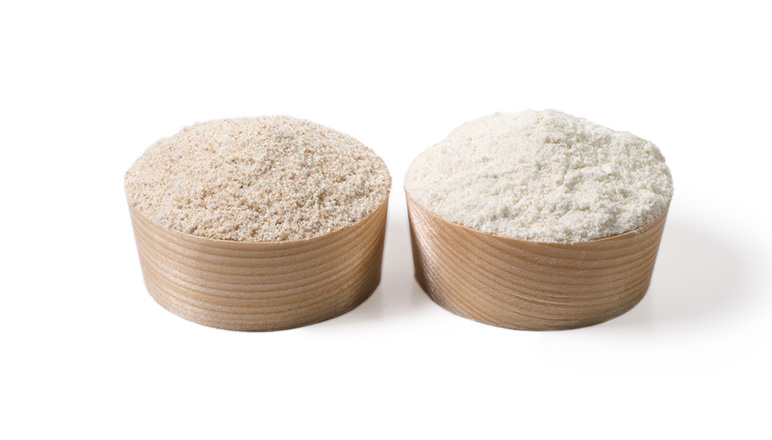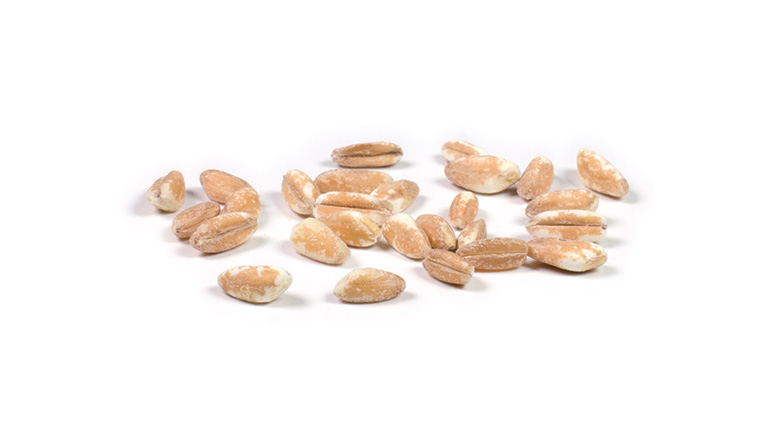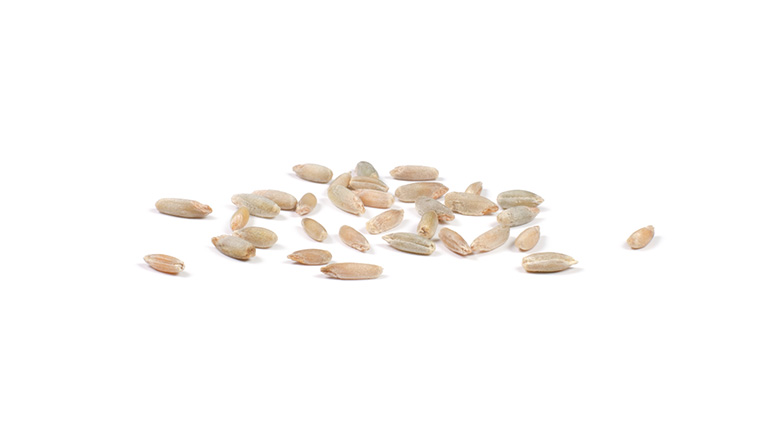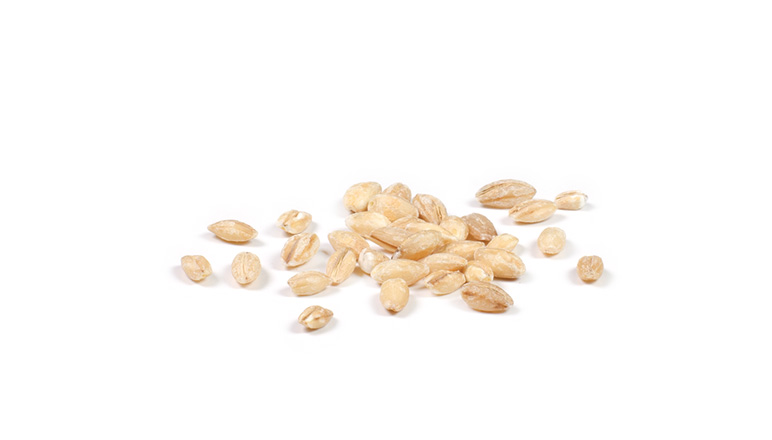CEREALS
Oat | Barley | Spelt | Rye | Wheat | Millet | Sorghum | Buckwheat | Quinoa | Mais | Amaranth | Teff | Rice
HISTORY
Cereals are annual herbaceous plants belonging to the Gramineae family, whose seeds are rich in starch.
In addition to representing the basis of human nutrition, the domestication of these plants indicated the transition from prehistory to history when the nomadic hunter turned into a sedentary farmer.
Nowadays, even gluten-free plants’ seeds belonging to different families such as Quinoa (Chenopodiaceae), Buckwheat (Polygonaceae), and Amaranth (Amaranthaceae), are commonly considered as cereals because of their high starch content.
Cereals are a staple food widespread all over the world and their cultivation origins are to be found in different regions of the planet as well. In fact, the autumn-winter cereals came from the fertile crescent, from where they spread to all the temperate regions, up to the Arctic polar circle. Rice and buckwheat appeared more on the east, on the Himalayas’ slopes while sorghum, millet and teff are native to Africa, and corn, quinoa and amaranth spontaneously grow in the Andean regions of South and Central America.
OUR CEREALS
Our cereals come from controlled supply chains only: in fact, we collaborate with Italian companies specialized in different products processing, and we import directly from third countries what is not grown in Italy.
Our supply chain projects include millet, sorghum, rye and soft wheat, which are grown by farmers in central Italy only with whom we have been maintaining a direct collaboration. The autumn-winter cereals, such as wheat, rye, barley, spelt and oats are grown in the dry soils of central-southern regions, while the spring ones, such as sorghum and corn, are grown on irrigated lands only. Rice, on the other hand, needs a special soil – located in the northern regions – that allows the culture to be submerged. Finally, buckwheat is grown exclusively in the pre-alpine and Apennine valleys. Ultimately, the majority of our cereals are grown in different Italian regions except for teff, quinoa, amaranth and some varieties of rice, which are imported from their countries of origin.
The sorting, peeling and milling of naturally gluten-free cereals take place in facilities where only gluten-free products are processed. The cereal flours, instead, are obtained through seeds’ natural stone milling in which, thanks to the low temperatures maintained during the process, products’ nutritional and organoleptic qualities remain invariant in the flour. In particular, gluten-free flours’ stone milling takes place in our facilities in Spoleto.
NUTRITIONAL CHARACTERISTICS
Cereals are low in sugar, rich in starch and have a high fibre content. This particular composition gives cereals a low glycemic index and a high satiety one, ideal in low-calorie diets, as well as the ability to regulate digestive and assimilated processes: fibre, in fact, reduces the absorption of sugars and fats and promotes the regular activity of the intestine.
The nutritional properties of cereals are to be found in the presence of antioxidants, such as selenium, B vitamins, C, E, K and important minerals such as zinc, calcium, silicon, iron, manganese, copper, calcium, potassium and magnesium. The fat content is limited and the lipid fraction is represented by unsaturated fatty acids (omega-3 and omega-6) which, together with phytosterols, prevent the accumulation of triglycerides in the blood resulting particularly beneficial for the cardiovascular system.
The proteins, present in good quantity, are of good biological value thanks to the presence of many essential amino acids, in particular, phenylalanine, methionine, threonine, valine, leucine and isoleucine. Gluten is the protein that characterizes autumn-winter cereals such as wheat, barley, spelt, rye and oats and is responsible for the rheological characteristics of traditional dough used for the production of pasta and bakery products. Since gluten is an allergen, naturally gluten-free cereals are gaining market approval and are widely used as ingredients for products that were previously prepared only with wheat flour; in fact, gluten-free products are more digestible than traditional ones, even for those who are not intolerant.


